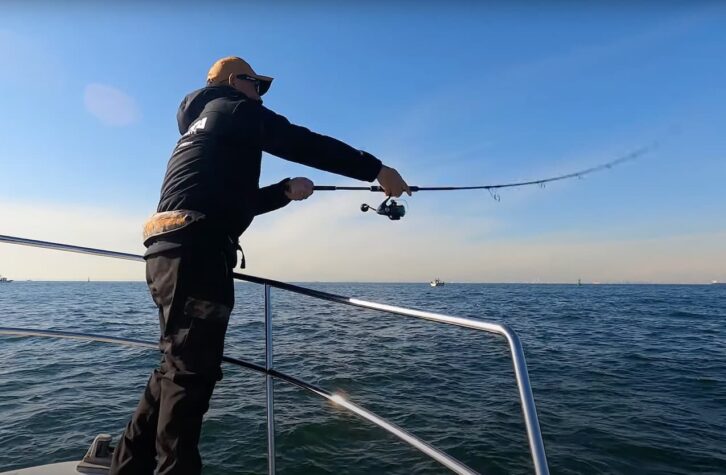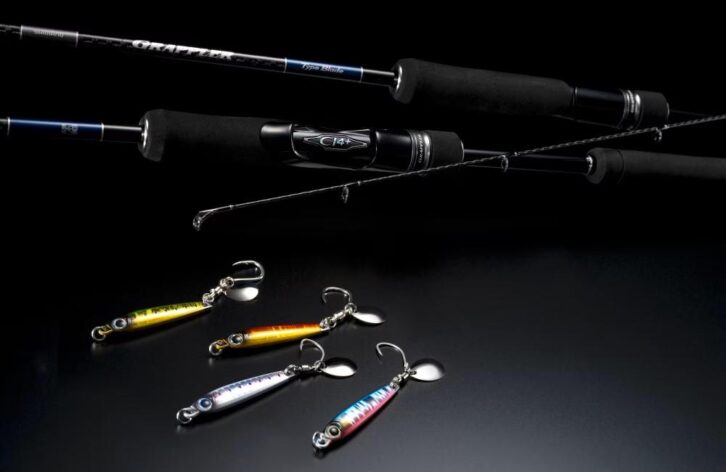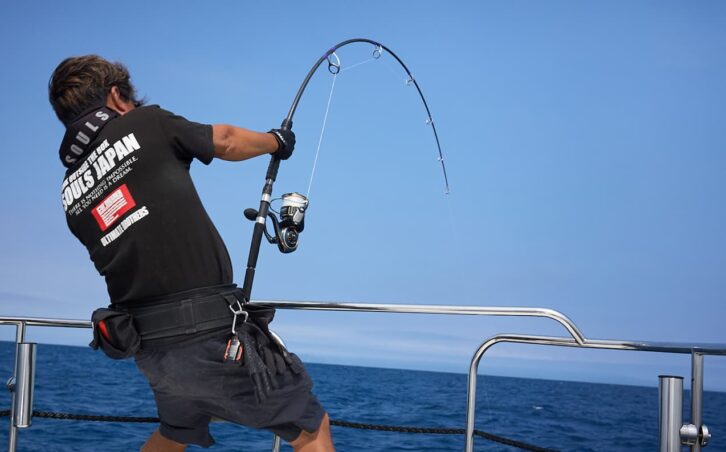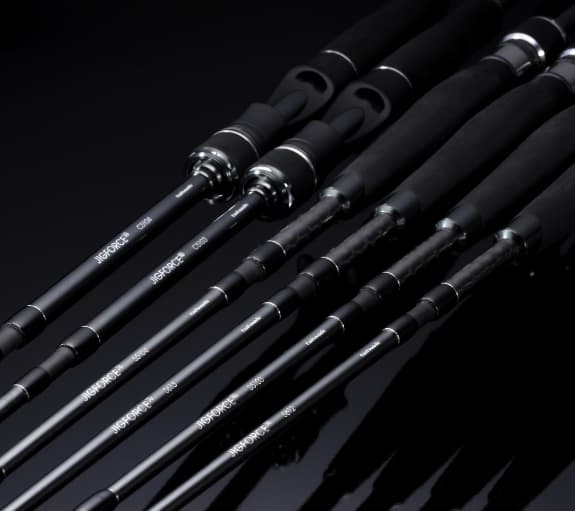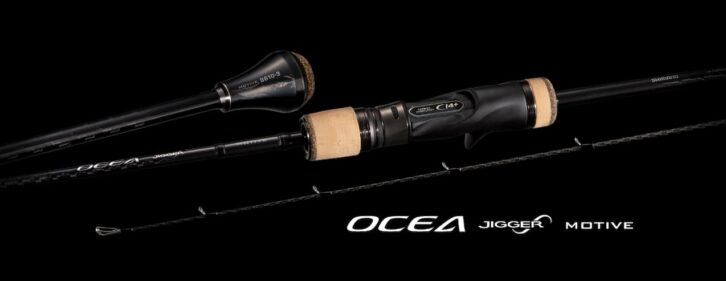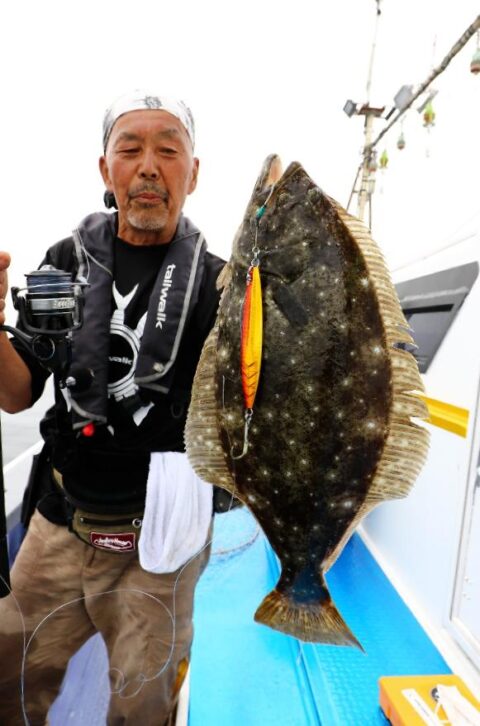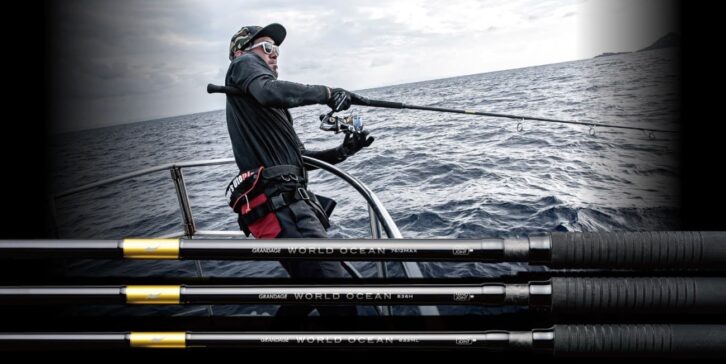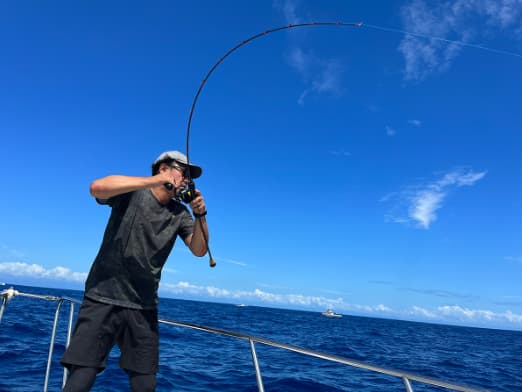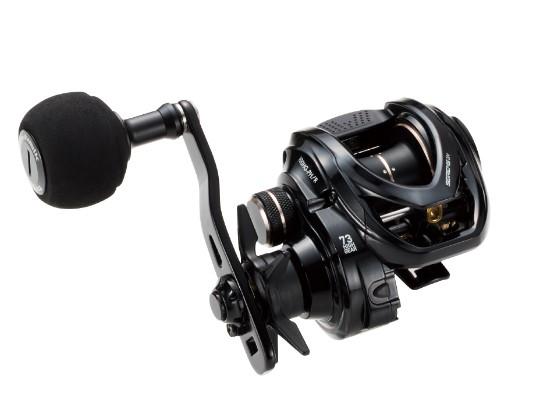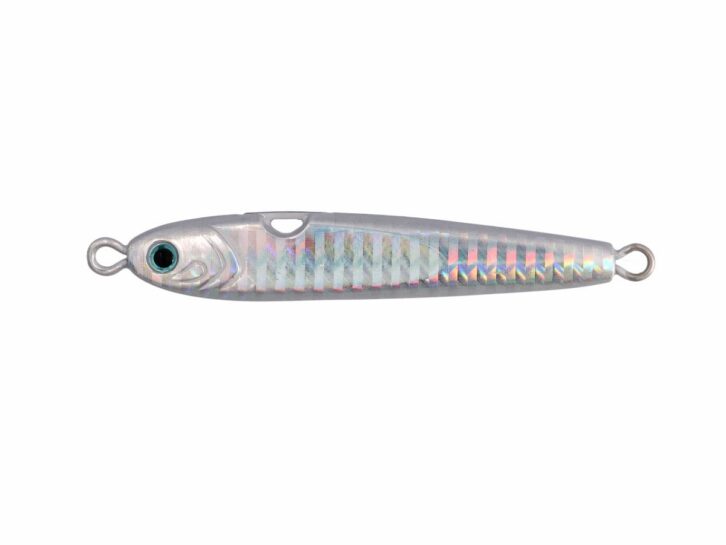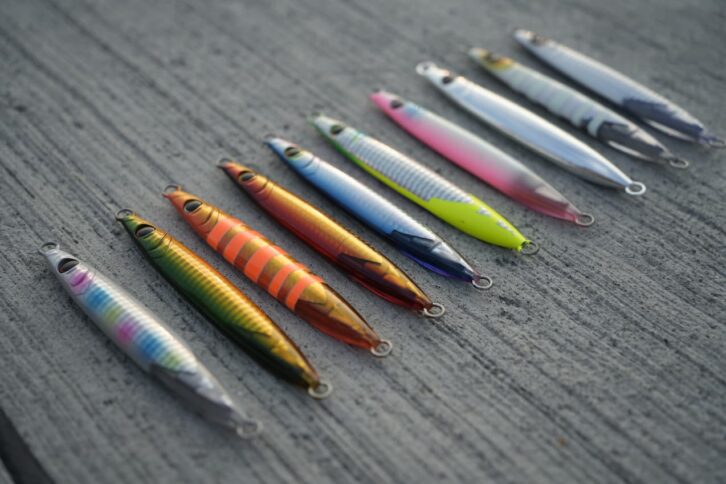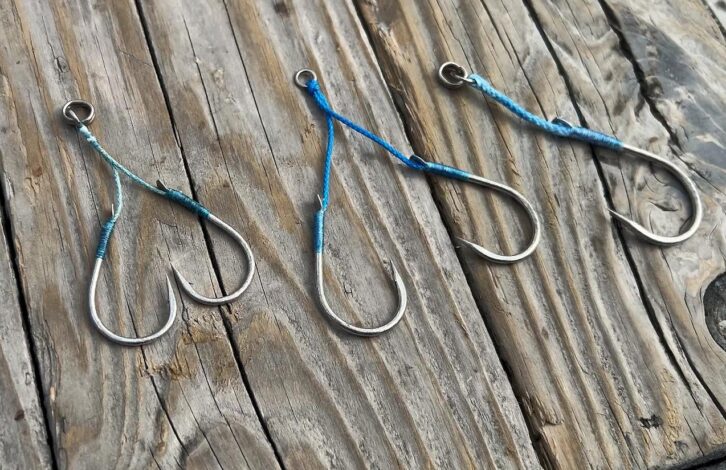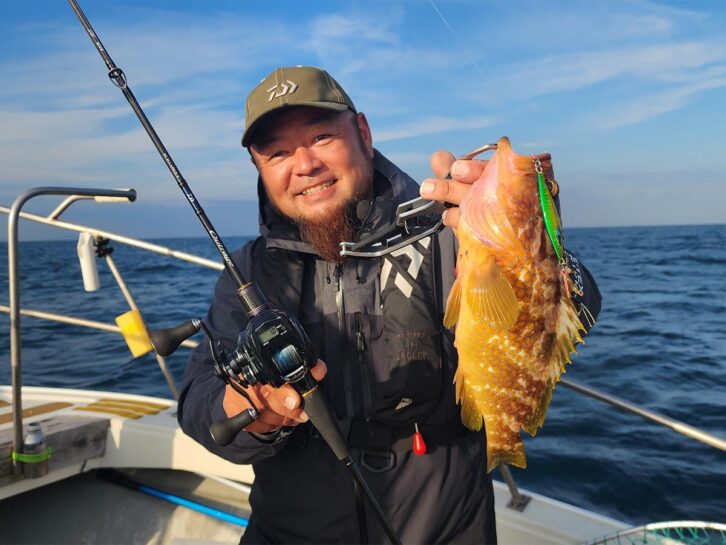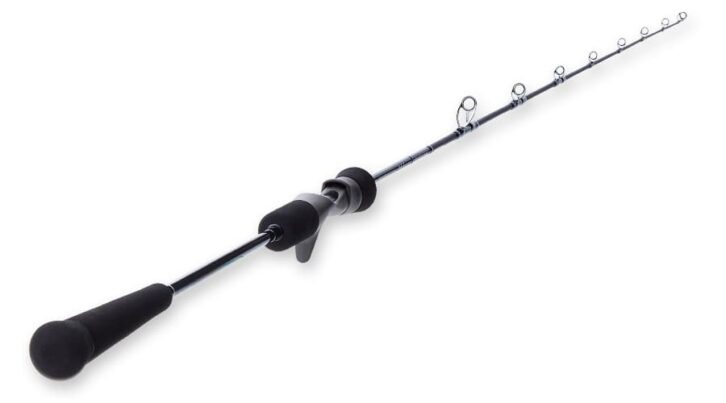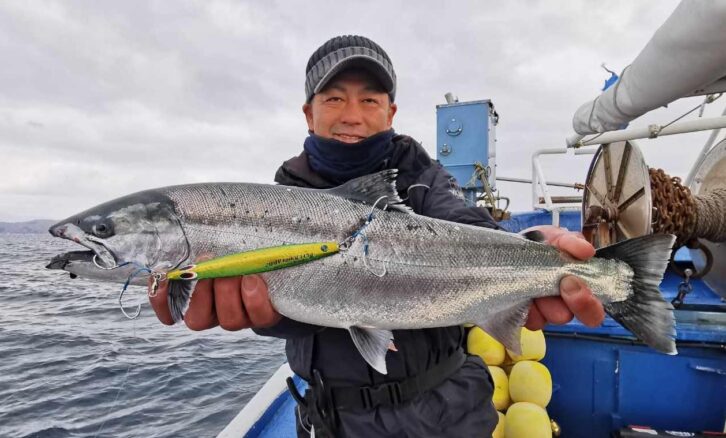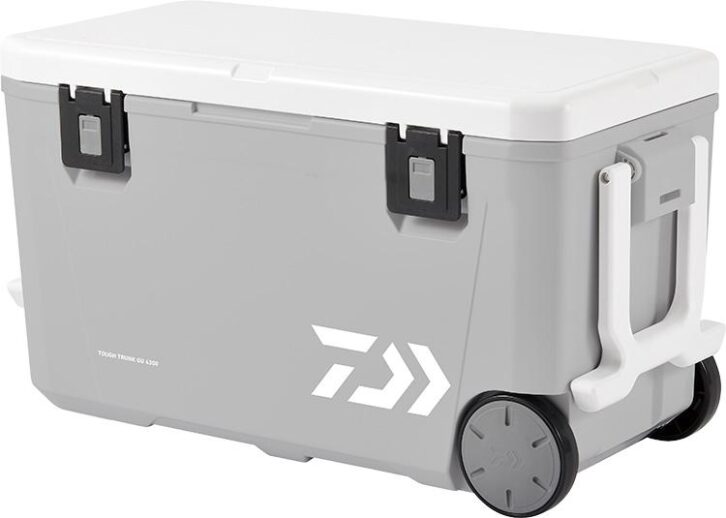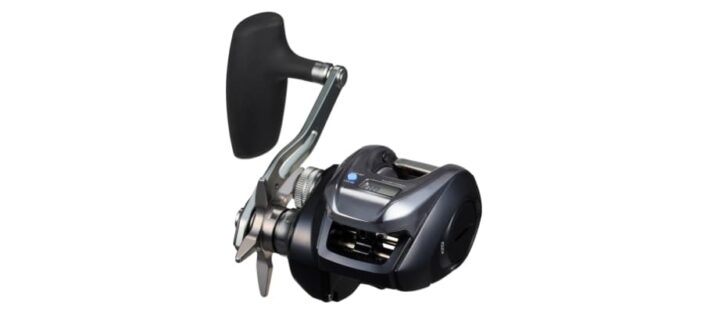Special design that brings out the performance of the lure!
A well-thought-out concept Treble hook designed specifically for bluefin tuna STX-71BLUEFIN TUNA
Catching bluefin tuna weighing over 100 kg is no longer a dream. This achievement is supported by the evolution of fishing tackle. Among these, experienced anglers place particular importance on the “hook.” C’ultiva’s “STX-71 BLUEFIN TUNA” is a special treble hook designed exclusively for bluefin tuna. We delve into its concept and performance.
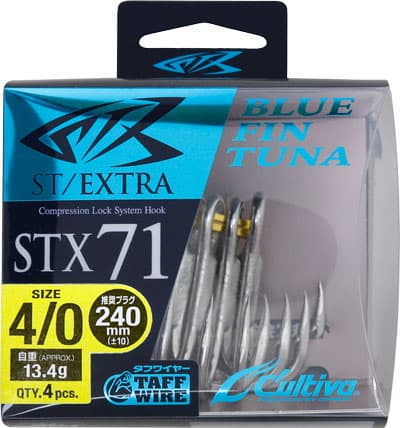
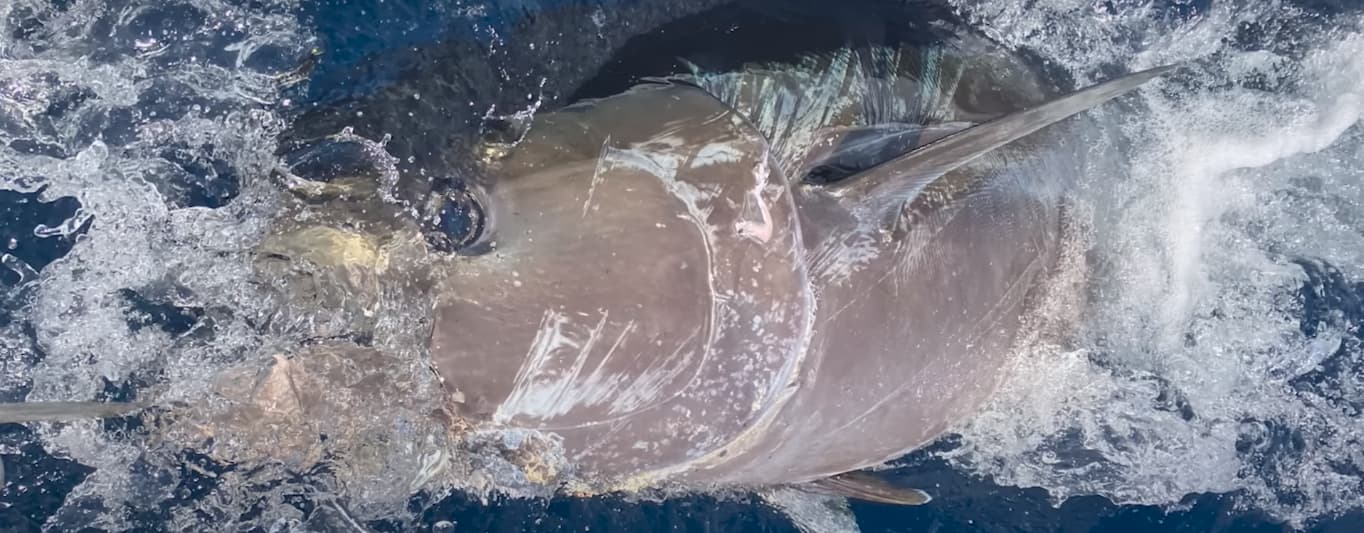
INDEX
Why it can be called the “state-of-the-art” hook
A rod that won’t break even when bent to the limit. A reel with drag performance that defies conventional wisdom. PE line with astonishing durability. A reliable knot. And a lure that stimulates the bluefin tuna’s instincts and triggers a bite. The hook attached to that lure…
In modern tuna fishing, every piece of tackle is designed to withstand battles with tuna exceeding 100 kg, pushing the limits of strength and durability. And what makes this possible is the vast history of trial and error accumulated by anglers and manufacturers. Today, many anglers can now face off against tuna weighing 100 kg, and even 200 kg.
At the forefront of this evolution is C’ultiva’s “STX-71 BLUEFIN TUNA.” Developed with the intention of facing off against bluefin tuna weighing 100–200kg, this treble hook is truly the “state-of-the-art” at this moment in time.
The reason for the strong emphasis on the keyword “state-of-the-art” lies in the following statement from C’ultiva’s official website:
“※This model is a provisional form designed for practical and experimental use at this stage, and it will evolve into a research model hook with changes in form design in the future.”
This statement clearly reflects the aggressive stance of the development team, which aims to swiftly incorporate new insights and achievements gained on-site into the product.
In fact, Yuuki Fujioka of C’ultiva’s Planning and Sales Department states that the STX-71 is scheduled for a limited release over a two-year period starting in 2025. Why is it limited-time only? It is because this model crystallizes the results of three years of field testing, and under the premise that as tackle continues to evolve, the hook should also be adapted accordingly. At the forefront of the ever-changing tuna fishing scene, the STX-71 embodies both “field-oriented” and “future-oriented” principles, making it a truly practical research and development model.
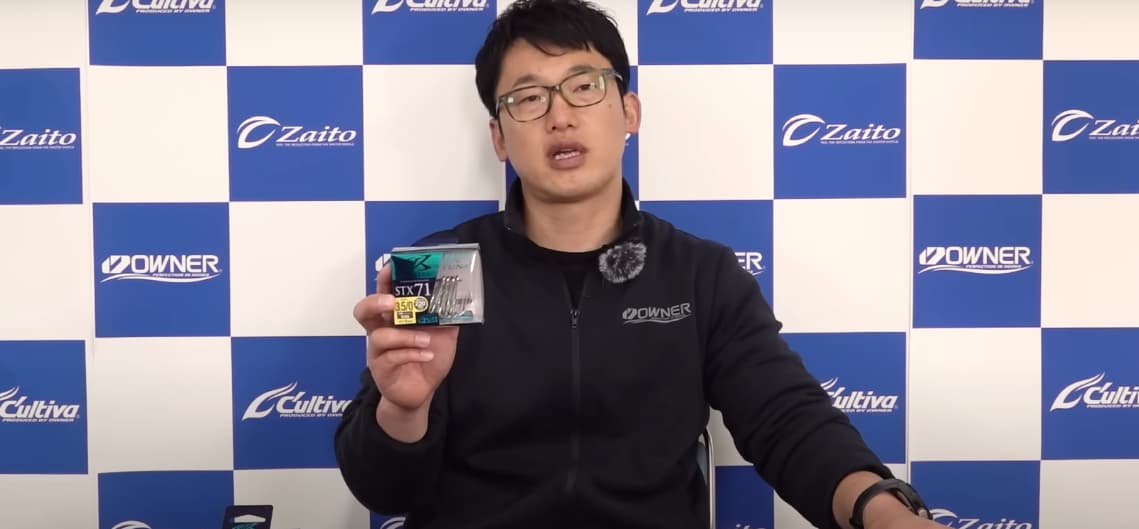
In the video, Yuki Fujioka from C’ultiva’s Planning and Sales Department provides a detailed explanation.
[Product Introduction Video] STX-71 BLUEFIN TUNA
The concept prioritizes “getting the fish to bite”
The hook is the only part that makes direct contact with the fish. No matter how much rods, reels, and lines evolve, it is ultimately the hook that catches the fish. However, when it comes to catching bluefin tuna weighing over 100 kg, simply making a “strong hook” is not as straightforward as it seems.
The larger the hook, the more its weight and water resistance negatively impact the lure’s movement. The lure’s original sharpness is lost, and ultimately, you fail to get a bite—this dilemma is the very essence of the difficulty of tuna fishing and the greatest obstacle in hook development.
“The lure is the star; the hook does not interfere with its movement.” This is the core concept behind the STX-71 BLUEFIN TUNA.
This hook does not pursue “excessive strength” such as “absolutely no stretching, bending, or breaking once hooked.” Instead, it aims to maximize the lure’s action through lightweight design.
It naturally replicates the lure’s movement and seamlessly leads to a bite. The philosophy of “prioritizing hooking” is embedded in this hook to enable the fight with a 100kg-plus tuna.
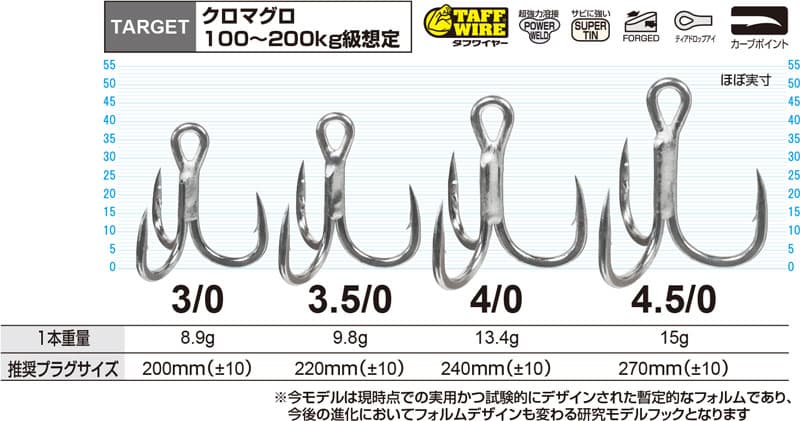
Despite targeting giant tuna, the design does not simply increase the wire diameter. The design does not compromise the lure’s movement. The hook’s design features a short shank, round bend, and curved point.
Maximizing hook strength with the “curved point” design
The primary cause of hook bending is shallow penetration. When the hook does not fully penetrate and relies solely on its tip to withstand weight and pull, leverage forces cause the hook to bend easily.
The mouth of a bluefin tuna is large and hard. Especially when the initial contact hits the hard teeth or bones, the risk of the hook breaking without fully penetrating increases. To address this issue, the STX-71 BLUEFIN TUNA adopts a hook shape called the “Curve Point.”
The Curve Point’s key feature is that once it hooks, it penetrates deeply. Unlike the Straight Point, which hooks instantly, the Curve Point slides within the mouth to “search” for the optimal hooking point and secure a deep penetration. In the case of tuna, this corresponds to the “jaw hinge” area, which is the most easily penetrated part. By securely capturing this area, the entire hook penetrates deeply, allowing the fight to continue with minimal loss of strength.
In other words, the STX-71 is not just a strong hook; it is designed to “securely hook and maximize penetration,” thereby maximizing its strength.
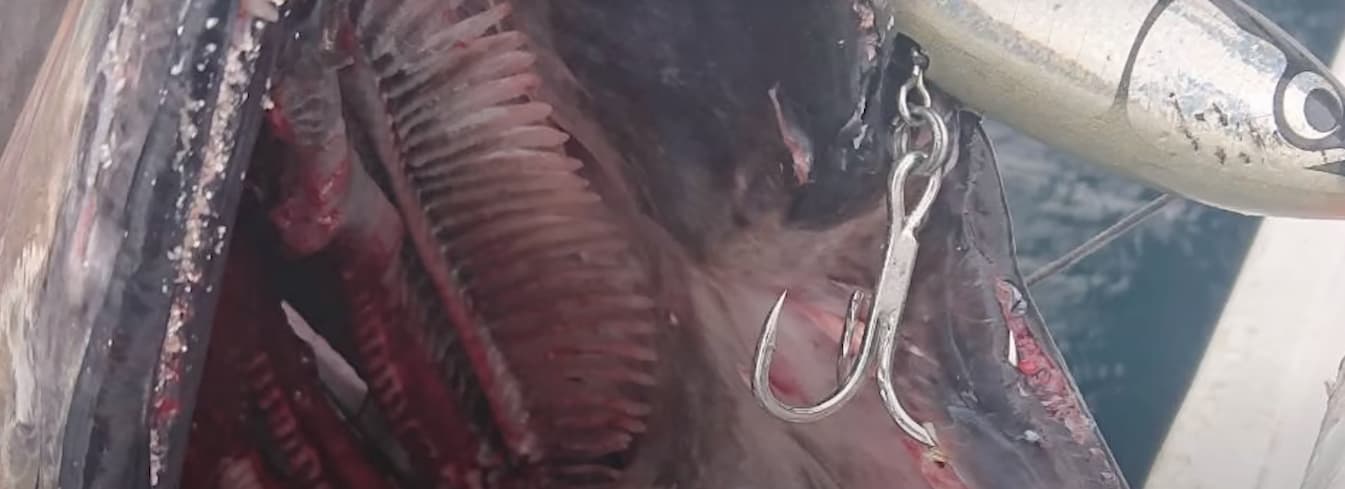
Securely grasping the jaw hinge and maintaining its position deep within the hook. This is the ideal state.
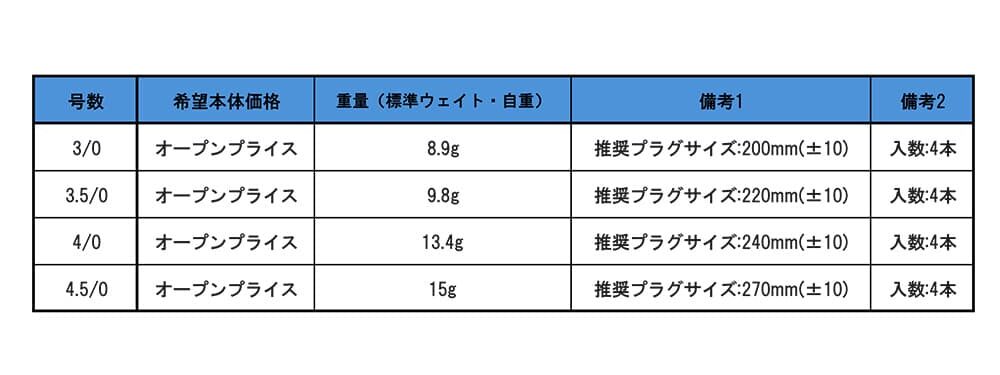
[Product Information] STX-71 BLUEFIN TUNA
https://www.owner.co.jp/search/37432/


